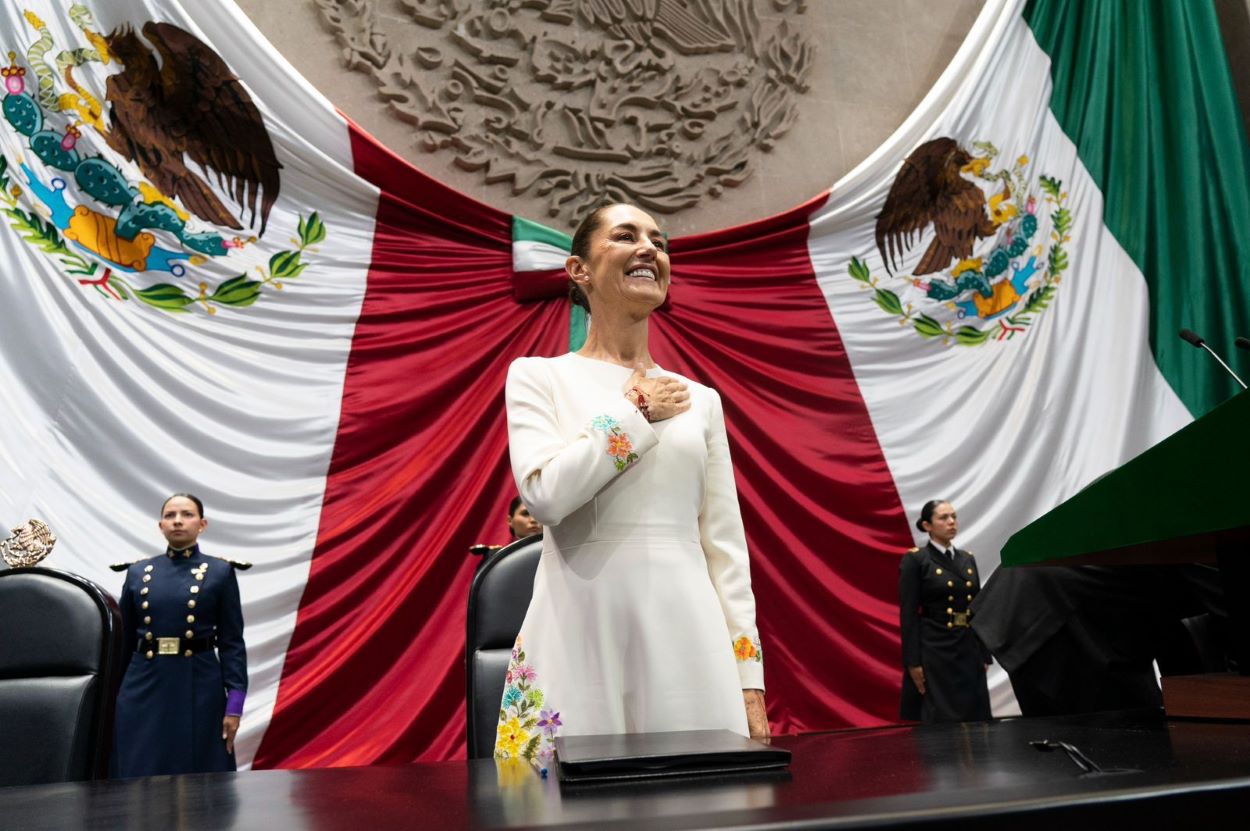Women Make Strides in Latin American Politics
Women Make Strides in Latin American Politics
Latin America surpasses the world average when it comes to the number of female lawmakers. Despite progress at the presidential and legislative levels, some countries in the region fall short on boosting the number of women in office.
When it comes to political participation, women have climbed up the ladder in Latin America. As the UN Commission on the Status of Women meets in New York this week to mark the fifteenth anniversary of an action plan to boost female political participation, a number of Latin American countries rank among the highest in the world when it comes to women’s representation in legislatures. In fact, a recent Inter-Parliamentary Union (IPU) report found that Latin America and Europe are the only two regions to surpass the world average. The IPU lists Cuba in fourth place with 43.2 percent, Argentina in eleventh with 38.5 percent percent, and Costa Rica at 13 with 36.8 percent. The election of Laura Chinchilla as Costa Rica’s first female president as well as the fact that women now lead both houses of Uruguay’s General Assembly for the first time in history reflect women’s progress in Latin American politics. But some countries have yet to reach substantial numbers in female congressional representation, and mayoral and regional government representation remains low in the region.
Female participation in Latin American cabinets nearly tripled to 24 percent between the 1990s and 2007, with Costa Rica, Chile, Ecuador, Bolivia, Nicaragua, and Uruguay reaching rates of over 30 percent. Furthermore, women’s representation in the lower houses of Latin American congresses grew from an average of 10.8 percent in 1997 to 22 percent in 2009, with Argentina, Costa Rica, Ecuador, and Peru seeing the biggest growth. Approval of electoral quotas by 11 countries contributed to this jump in political participation. Argentina adopted a 1991 quota law that required for women to account for at least 30 percent of candidates for public office. Since the 1995 UN Conference on Women in Beijing produced its action plan, Costa Rica, Mexico, Paraguay, Bolivia, Brazil, Ecuador, Panama, Peru, the Dominican Republic, and Honduras adopted similar electoral quotas.
In addition to increases in women’s legislative participation, five women have governed as presidents of Latin American countries: Violeta Barrios de Chamorro of Nicaragua (1990 to 1997); Mireya Elisa Moscoso of Panama (1999 to 2004); Michelle Bachelet of Chile, who won 2005 elections and will leave office on March 11; and Cristina Fernández de Kirchner of Argentina, who won 2007 elections and governs until October 2011. Costa Rica’s Laura Chinchilla won February 2010 elections and takes office May 8.
Depending on the outcome of upcoming elections, Latin America may be able to count more females heads of state. On February 20, the ruling Worker's Party in Brazil nominated Dilma Rousseff, President Luiz Inácio Lula da Silva's chief minister, as the party’s presidential candidate for the October elections. São Paulo Governor José Serra leads over Rousseff, but polls show her gaining ground. In Peru, Keiko Fujimori, the daughter of former president Alberto Fujimori, trails only slightly behind Lima mayor Luis Castañeda, according to February polls. In Colombia, two women, Noemí Sanín and Marta Lucía Ramírez, are slated to run for the presidency in the May elections.
Despite significant progress made by women in Latin American politics, not all countries have made equal strides. Ahead of the legislative elections in Colombia on March 14, Votebien.com found that of the 2,335 candidates running for Congress, only 551(23.5 percent) are women. Brazil has fallen short on implementing quotas and has one of the lowest percentages of female lawmakers in the region, with women accounting for 12.3 percent of senators and just 8.8 percent of deputies in the lower house. Moreover, only a few countries in Latin America reached double digits in the election of women as governors at the regional level or mayors at the local level, according to a 2008 Institute for Democracy and Electoral Assistance report. OpenDemocracy gives a side-by-side comparison based on November 2008 figures that lists percentages of women in Latin American legislative, mayoral, and council positions.
Learn more:
- Inter-Parliamentary Union (IPU) Women in Politics 2010 informational poster
- IPU report, "Is Parliament Open to Women? An Appraisal," September 2009.
- Institute for Democracy and Electoral Assistance report, "30 Years of Democracy: Riding the Wave? Women's Political Participation in Latin America." March 2008.
- United Nations Commission on the Status of Women "Beijing+15" meeting documents
- CEPAL Latin America and the Caribbean statistics generator
- Colombia's election information on Votebien.com
- IPS article on Chilean President Michelle Bachelet's achievements in gender equality
- IPS TerraViva page on the 15 year review of the Beijing Platform of Action
- Organization of American States Press Release on the Inauguration of the "Inter-American Year of Women"







